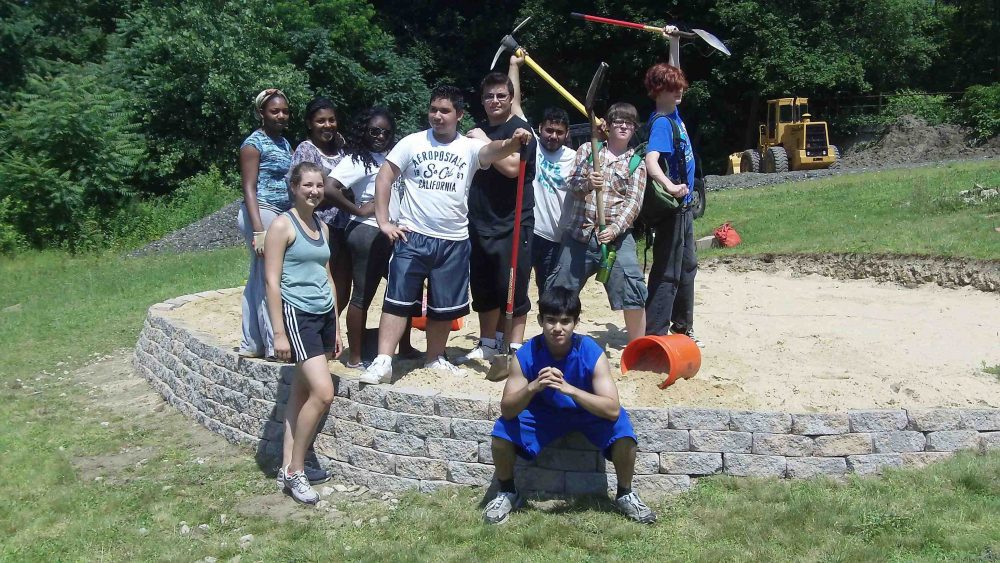There has been a steady rising interest in urban agriculture over the past several years—from urban farms to community gardens to backyard chickens. Some of this is coming from concern about food deserts and some from the need to do something with vacant land that will nurture a community, not harm it, espeically in area whose market doesn't support more development right now.
One of the big questions this often raises is that of the condition of urban soil. For anyone who grows food, soil is a deeply metaphorical idea as well as a practical necessity. And poor neighborhoods have frequently been dumping grounds for all sorts of things, and may be contaminated with things like fuel, lead, or industrial chemicals.
Luckily, that's not the end of the story.
In our latest issue of Shelterforce, we have an article from the Worcester, Mass., Toxic Soil Busters, a youth co-op that remediates yards contaminated with lead paint dust using plants that pull lead out of the soil. It's a remarkable group.
I first heard of TSB from the folks at the Radix Center here in Albany, NY, whose annual RUST training and book Toolbox for Sustainable City Living deal in some detail with low-overhead methods for treating contaminated soil. These methods are well suited to the kind of organizing-focused, self-empowering work that TSB does.
As more and more community groups are taking on vacant land of unknown history it would be great to see these tools spread, forging, as TSB has done, some connections between the body of knowledge in the DIY-sustainability world and the grassroots, low-income community empowerment and neighborhood revitalization world.
(Photo courtesy of Toxic Soil Busters.)





Comments